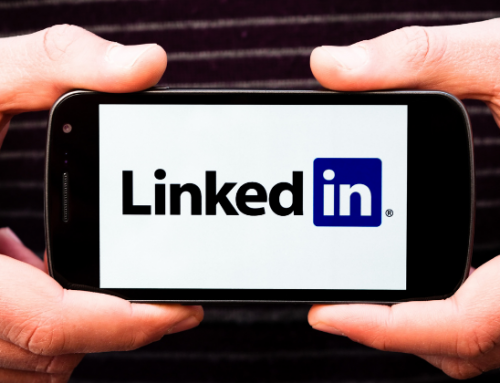Don’t judge, look for cues in body language!
Knowing how to interpret and optimize body language will allow you to have a better life, a job, protect your family, make good or bad deals, successfully communicate, be able to seduce the man or woman of your dreams, better understand and communicate with your children and even make more money.
A single gesture tells us who we are? Kind of… because, as I often say during my interventions and classes: “Do not judge, investigate!”.
When we interpret body language, we have the tendency to imagine many different meanings, often based on predefined judgments.
Concerning that aspect, here are some examples that illustrate this in the following thoughts.
During visual contact, when it is intense, the person doing so believes they are beaming confidence and trustworthiness – however, it may come out as rude, hostile, and cold; in a business context, this intense contact might be perceived as a deliberate intention of domination, intimidation, disregard or even make the other person feel they are at a disadvantage.
On the other end, a weak or absent visual contact will probably be taken as awkward, lacking confidence, or lacking interest. Even worse, you can be perceived as a liar due to the myth “those who can’t make eye contact is lying or untrustworthy” and the perception that people who don’t look in the eye are introverts, shy or uncertain.
The rule of thumb is that direct visual contact should be maintained 60% to 70% of the time a conversation lasts, increasing slightly while talking and decreasing while hearing – this will be perceived as interest, leadership, and credibility.
To those who struggle, I want to leave a simple tip to improve the control of eye contact: try, at the beginning of the conversation, to see what is the eye color of the person you are interacting with and then return to the normal visual contact.
Regarding the handshake, touch is the most primitive and powerful non-verbal communication means. At work, the credibility and connection are established unconsciously through the handshake, and this contact is responsible for a long-lasting impression that influences the way the rest of the interaction will occur.
A study about handshakes showed that people are twice as likely to remember you and be more friendly if you shake their hand, besides, it can create a more positive and long-lasting impact if you use a single word, the name of the person “It’s a pleasure” “person’s name” and a brief ¼ second touch on the counterpart’s forearm. This is enough to create a stronger bond.
A simple formula for the handshake may be: 100% visual + firm + say “person’s name” + slight touch on the forearm
By making gestures while speaking, you should be reminded that gestures are connected to speech and while you speak, you move your hands to exemplify and give more meaning to words. If you don’t do this, the words coming out of your mouth will be less credible and felt.
Falar com as mãos faz com que o conteúdo verbal melhore, o discurso seja menos hesitante, evita os enchimentos verbais como “humm” e “hamm” e ajuda a formar e a verbalizar pensamentos mais claros.
Os movimentos das mãos devem ser entre a cintura e os ombros, relaxados, mostrando as palmas das mãos para demonstrar mais credibilidade e sinceridade.
As far as feet are concerned, when we think about improving body language, we often refer to facial expressions, posture, and gestures… But feet transmit more messages than you can imagine.
Your feet have a lot to say, such as your level of control, confidence, and security.
When you feel insecure or anxious, the tendency is to fidget your feet, cross them, or keep changing weight from one foot to the other.
When you don’t feel powerful, you will tend to bring your feet together or to cross them. To optimize the messages sent by your feet, you should have them well-grounded and slightly apart. Use your shoulders as a maximum limit to spread the feet.
Regarding the posture, it reflects the attitude and energy of the person. The more shrunken a person is, the more he/she conveys the idea of lack of attitude, low energy level, low self-confidence, or lack of leadership skills.
A leader isn´t afraid and should know how to demonstrate it through posture, and does not fear to be approached, thus tends to maintain an open and welcoming posture. Open arms with visible hands, feet spread at shoulders distance, wide hand gestures, straight back, and well-positioned shoulders.
To have an open posture encourages communication, demonstrates confidence, credibility, and leadership.
Do not judge, investigate!




